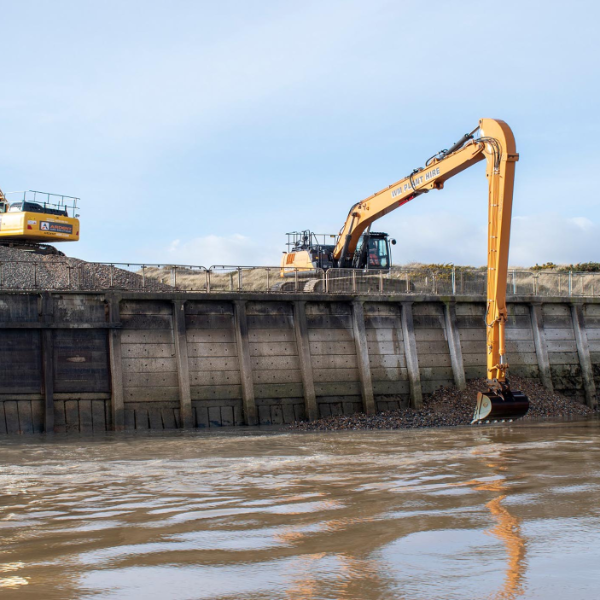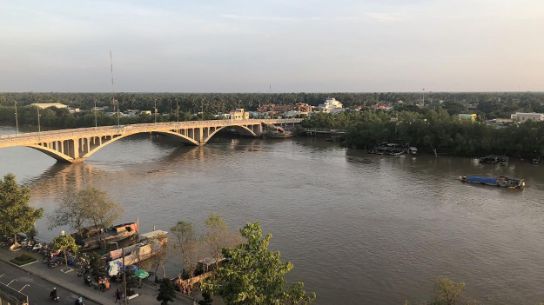Decision support system helps water managers reuse sediments

Decision support system helps water managers reuse sediments
In the interest of circular design, the reuse of sediments must be maximised and the production of waste avoided. Reuse can be complicated, however, by the presence of Contaminants of Emerging Concern (CECs).
Awareness of CECs’ presence in the environment, together with the possible health risks they pose for both the environment and people, is growing. Despite this, the existing policy on reusing them is insufficient. This is because the characteristics of CECs differ from those of known contaminating substances.
To support water managers in managing sediments polluted with CECs, Witteveen+Bos and Arcadis have developed a decision support system. The project was commissioned by the Public Waste Agency of Flanders (OVAM) and forms part of Interreg’s Sullied Sediments project.
Availability and uncertainty
The system’s basic principle is that reusing polluted sediments depends, on the one hand, on the availability of physico-chemical, human and ecotoxicological data, and on the other hand, on the uncertainty of this data. The substances are divided into different categories: from category 1, where the availability of data is high and uncertainty low – affording the most possibilities for reuse – through to category 4, where low availability and high uncertainty lead to few reuse possibilities.
Guidelines for reuse
Once the possible reuse scenarios have been determined, the concentration of the polluting substance ultimately determines whether the sediment can actually be reused and where. When the concentration is low, the sediment can be more easily reused than when it is high. The actual possibility of reuse depends, therefore, on the available data as well as the concentration of contamination in the sediment. All these details have been incorporated into the decision support system. Because the amount of available data continues to grow, CECs can change category. This is why the decision support system is continually being developed.
More information?

Our projects
Every year we work on almost 5,000 projects on water, infrastructure, environment and construction.
